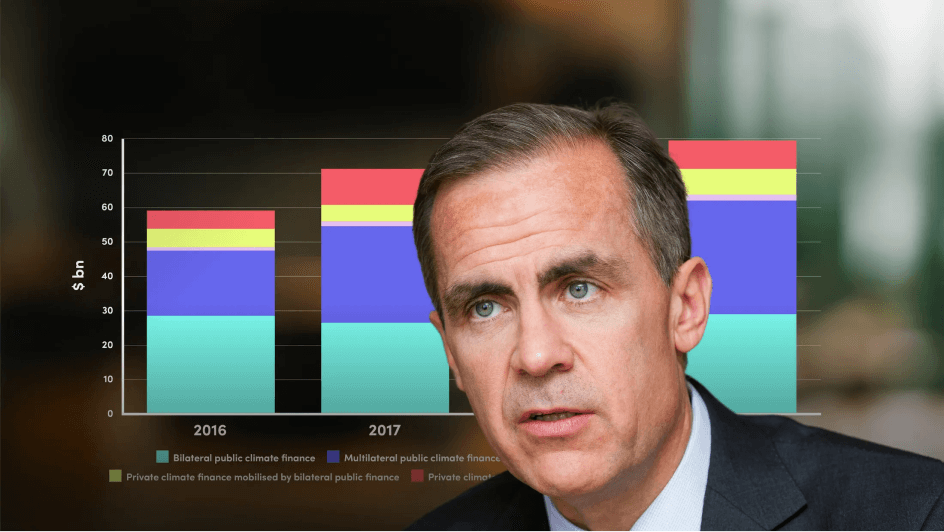
Interpreting Carbon Calories

Michelle Horsfield
25 years: Sustainable Finance
In this video, Michelle Horsfield breaks down the basics of how we can interpret our “carbon calories”. She provides a framework to guide our sense of scale when it comes to understanding the jargon around carbon emissions.
In this video, Michelle Horsfield breaks down the basics of how we can interpret our “carbon calories”. She provides a framework to guide our sense of scale when it comes to understanding the jargon around carbon emissions.

Interpreting Carbon Calories
9 mins 48 secs
Key learning objectives:
Understand the range of carbon dioxide emissions at an individual level
Understand the range of carbon dioxide emissions at a bigger level (large corporate or country)
Outline how we can reach our net zero targets by reducing emissions
Overview:
In order for us to mitigate the climate crisis, we should be reducing our carbon emissions by 5% a year, every year. This needs to start right from the individual level, through our personal activities. To understand this, all of us need to be aware of how to interpret our “carbon calories” and form a sense of scale.

Michelle Horsfield
There are no available Videos from "Michelle Horsfield"





















